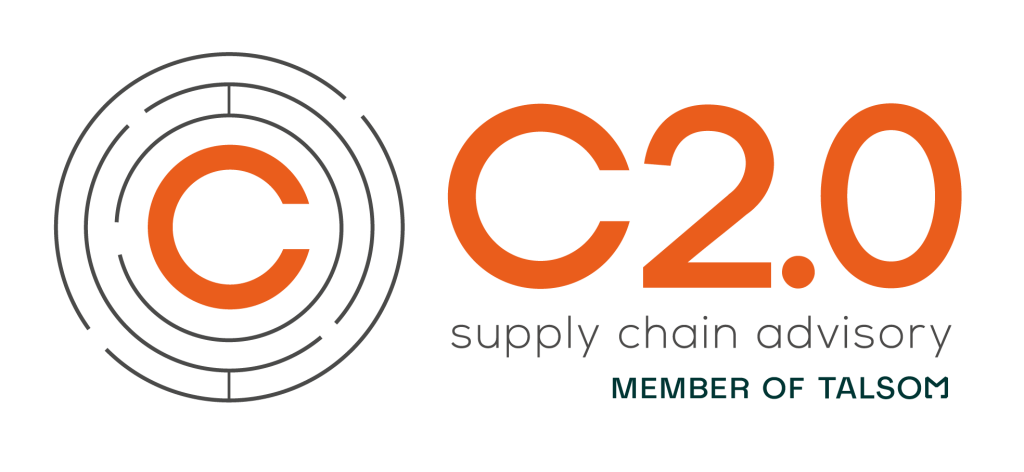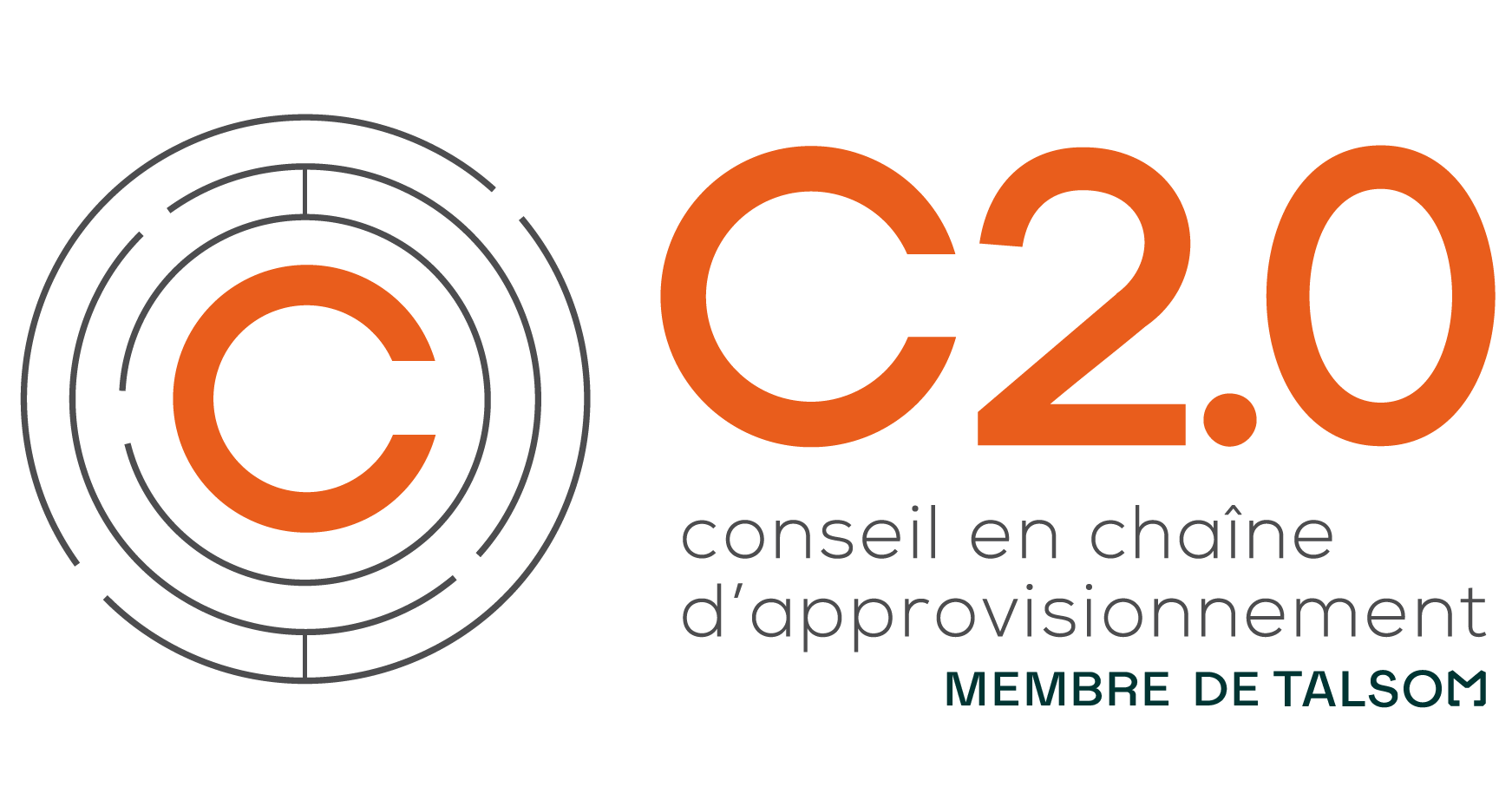Dashboards
Dashboards are crucial tools for companies who are willing to efficiently keep track of their performance and to ensure that they are taking informed decisions. In fact, they allow organizations to follow their key performance indicators and to identify problems as soon as they appear in order to apply the necessary corrective measures. This enables companies to be proactive and to mitigate the negative effects of the problems that arise. For example, because of data visualization, a company could observe a decrease in the sales of a specific product. They could then enable the thinking process aimed at understanding the causes of this phenomenon and at brainstorming what actions could be put in place to resolve the problem and increase the sales again.
Dashboards can be used to illustrate very specific data in certain departments of a company, but they also allow a global insight of an organization’s performance. Company leaders can consult these dashboards when making their executive decisions that will affect the current or future state of the company. After all, it is not certain that a decision made without consulting the organizational data will be beneficial. It could be positive, but it is like taking a blind decision.
Benefits of dashboards
There are numerous benefits to using dashboards since they enable companies to perform well in all their fields of activity. The major advantages of the tool are presented below.
Customizable
Dashboards are customizable and adaptable to each organization and their departments’ specific needs, which can differ greatly from one to another. The key data to display and the visualization mode can be very different depending on what is most adapted to the specific needs. It is perfectly normal for all dashboards to be completely different, even within the same company. For example, the dashboard used by the production team will certainly differ from the demand planning team’s dashboard since their key performance indicators vary. The production department would want to visualize data such as production rate, quality standards, production volume, etc. whereas the demand planning department would see value in displaying the sales trends, the historical data, the inventory levels, etc.
Minimize data manipulation
Most companies require a frequent creation of different reports in the majority of their departments. This often requires manual data manipulation to adapt the appropriate layout needed to present the data visually, which requires a lot of precious time. Dashboard creation tools such as “PowerBI” enable reports to be generated automatically, thus meaning that recurrent data manipulation is not necessary. Employees can therefore spend more time on activities that bring added value to the organization.
Easy to use and to understand
The variety and the volume of data present in a company can be overwhelming. A dashboard therefore allows data to be well organized to represent the data in the best way possible. The goal is to identify the information that must be displayed in the dashboard and to illustrate it in a concise manner. It is also very easy to use the tool and to draw relevant conclusions when they are well constructed. Different users can also apply different filters to visualize only the data that is pertinent to them.
Allow the follow-up of key performance indicators
Dashboards greatly increase the visibility of a company on its performance in all of its fields of activity and ease decision-making. In fact, in absence of a dashboard, some important measures could be left out of an analysis and therefore not considered. This could result in the wrong decisions being made by employees or business leaders who could have long-term consequences on the organizations. When dashboards are created, they are thought through by experts who identify the key performance indicators that should be followed to ensure the success of the company. In addition, experts also determine the best way to illustrate the data so that it is representative of the reality and so that it provides insight.
Key performance indicators that are followed on a regular basis enable companies to adapt to their current situations and to be more agile. Each department should have their own measures that support them in decision-making and in the identification of problems. Appropriate actions can therefore be made quickly in order to increase the success of the key performance indicators, thus increasing the success of the company or the department.
For example, the procurement team could use a dashboard to flag when certain orders must be placed for certain parts and in what quantity. Their dashboard should contain different aspects such as the current inventory level, the production forecast, the delivery delays, the delivery costs according to volume and much more. The data presented in the tool thus allow employees to make informed decisions that minimize storage and transport costs and that avoid back orders.
On another note, business leaders can use dashboards to target problems and opportunities easily. For example, they can identify what products are most popular and can use some of their characteristics to design new products that will also be appreciated by customers. This is done in the goal of increasing sales and profits. On the contrary, they can also target what products are performing poorly and decide to modify or to discontinue them. These are only two of the numerous examples of how dashboards can be used in a company.
Shareable
Data sharing and communication is crucial for the success of a business. It is therefore important that all the people involved have access to the dashboards in “real-time”. This is in fact one of the major advantages of the tool: they can be consulted by many different people simultaneously and they greatly ease data sharing. Dashboards can also be visited from web services, from a cellphone, a tablet, a computer, etc. This therefore minimizes excessive communications between people on other platforms such as e-mail.
Conseil 2.0’s Expertise
The consultants working at Conseil 2.0 have a lot of experience with dashboard creation and will certainly be qualified to help you elaborate a solution that best suits your needs. Power BI is one of the most popular tools used to create dashboards on the market, but many other options such as Domo, Dundas BI, Toucan etc. also exist. No matter what tool you wish to use, Conseil 2.0 can certainly help you. Choosing them as a partner will enable you to :
Target your needs
The first step in all projects with a business is to understand its needs in order to create a final solution that will meet those specific needs. Conseil 2.0 listens to their clients attentively in order to understand their reality, which varies greatly from one organization to another. Having worked with many clients in the past, the business has a good knowledge of the best practices to apply in a company to optimize results.
Target key performance indicators
The specific needs of each organization determine what key performance indicators should be used in dashboards. Conseil 2.0 will be able to accompany you well by analyzing your processes and by making recommendations regarding what data should be illustrated in your reports, as well as how to illustrate them. The relationship between Conseil 2.0 and its clients is based on collaboration, allowing them to maximize the performance and the relevancy of dashboards created.
Construct the dashboards
Conseil 2.0’s consultants will be able to help you construct dashboards that are adapted to your needs based on the analyses and recommendations made prior. The dashboards will allow you to quickly visualize the data that is most important to the success of your business.
Update existing dashboards
Some organizations already have dashboards, but they are not always up to date or maintained for different reasons. For example, the employee that created the dashboard could have left the company, the dashboards could have been created externally, the company could lack the resources needed to keep them updated, etc. Conseil 2.0 can therefore take these existing dashboards, update them, and adapt them to your current needs.
Finally, data visualization has numerous benefits for a company since it allows it to follow their key performance indicators quickly and easily. Business leaders can therefore have insight on the health of their organization in only a couple “clicks”. Do not hesitate to contact us if data visualization and dashboard creation interests you.







